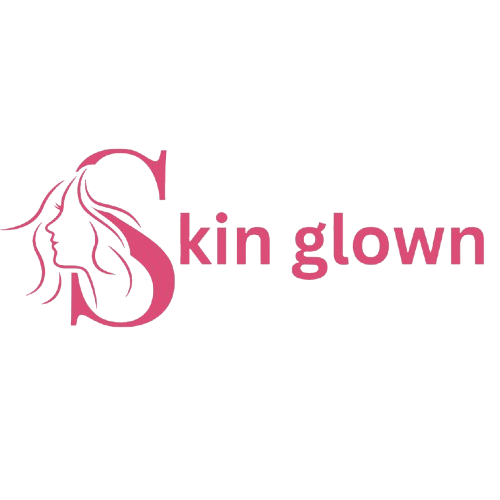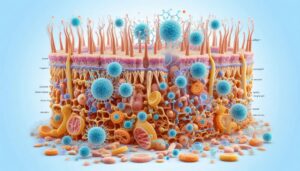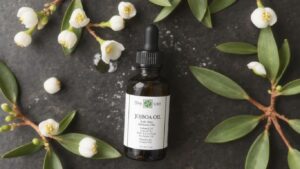Exfoliation Techniques for Skin
Exfoliation is one of the most important steps in any skincare regimen as it removes the dead skin cells, opens the pores and contributes to a lighter and smoother skin. But in today’s world where there are numerous techniques and products it is quite easy to get stuck and not know what to do. This post focuses on the top tips on the techniques of exfoliation to ensure that your skin stays fresh and beautiful.

Exfoliation is very crucial in every skincare regime. Helps in eliminating the dead skin layers, opening the pores, and improving the skin surface in general.
Even though there are a number of exfoliation methods that one can use, picking the right one for your skin type and issue may prove difficult. In this all-inclusive guide, we will cover all the best techniques, methods, and items on exfoliation for you to have a glowing skin.
Explanations of terminology

What does ‘Exfoliation’ mean?
The process of exfoliation consists of eliminating the outermost layer of the epidermal comprising of dead skin cells
This in turn encourages healthy skin and underlying layers by bringing to the surface new cells. As a result, healthy, even skin is apparent.
This is why exfoliation on a regular basis is recommended for everyone who wants to maintain beautiful skin.
Classification of Exfoliation Techniques
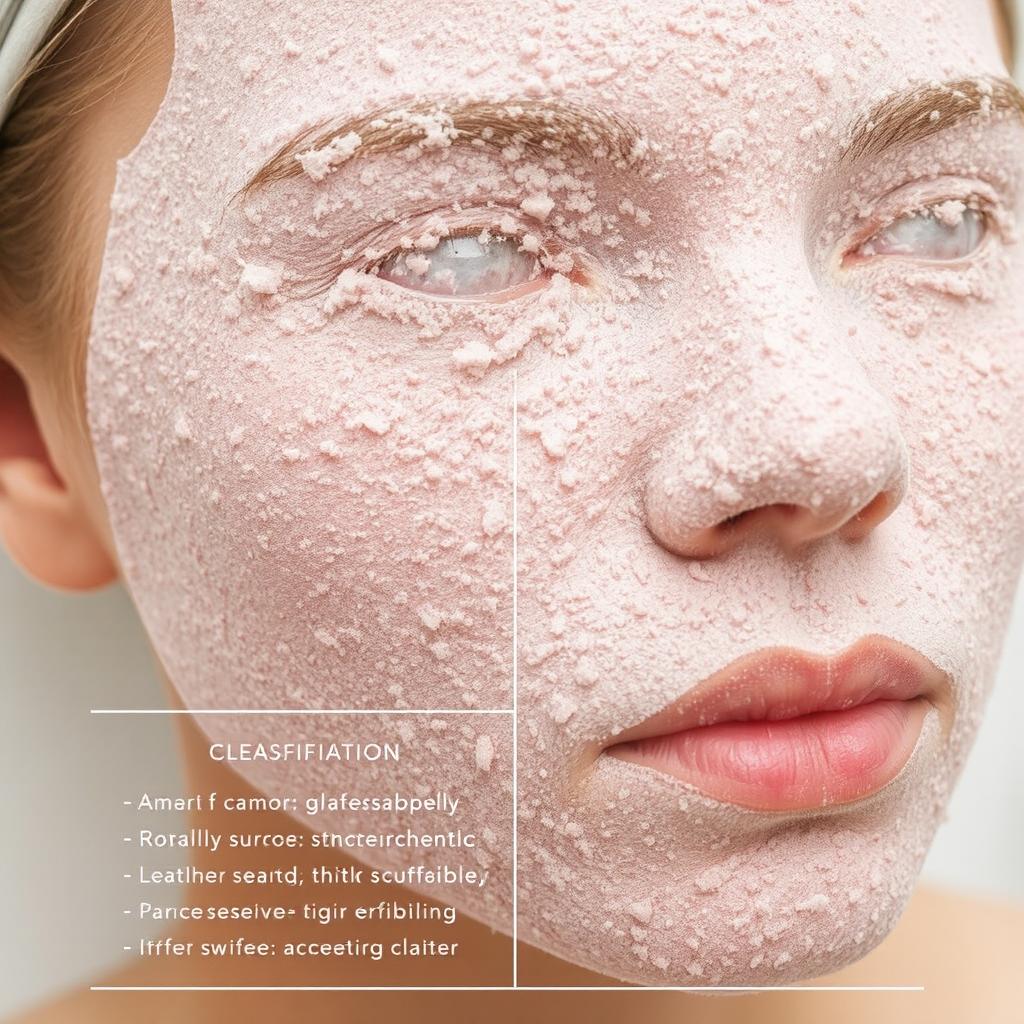
The Need of Exfoliation
Exfoliating Removes Dead Skin Cells: Exfoliation helps in getting rid of the aging skin cells and preventing their deposition in the pores thereby no congested skin. Exfoliation Enhance Product Absorption: Exfoliation facilitates moisture content to penetrate deep into the skin layers other than the superficial epidermis. Exfoliation Encourages Blood Circulation: Exfoliation engages the vascular system which enhances skin heroine. E.D. ) Prevention of pimples Exfoliation on a weekly basis helps ion preventing and minimizing every acne outbreak thanks tin cleaning clogged pores.
Mechanical Exfoliation
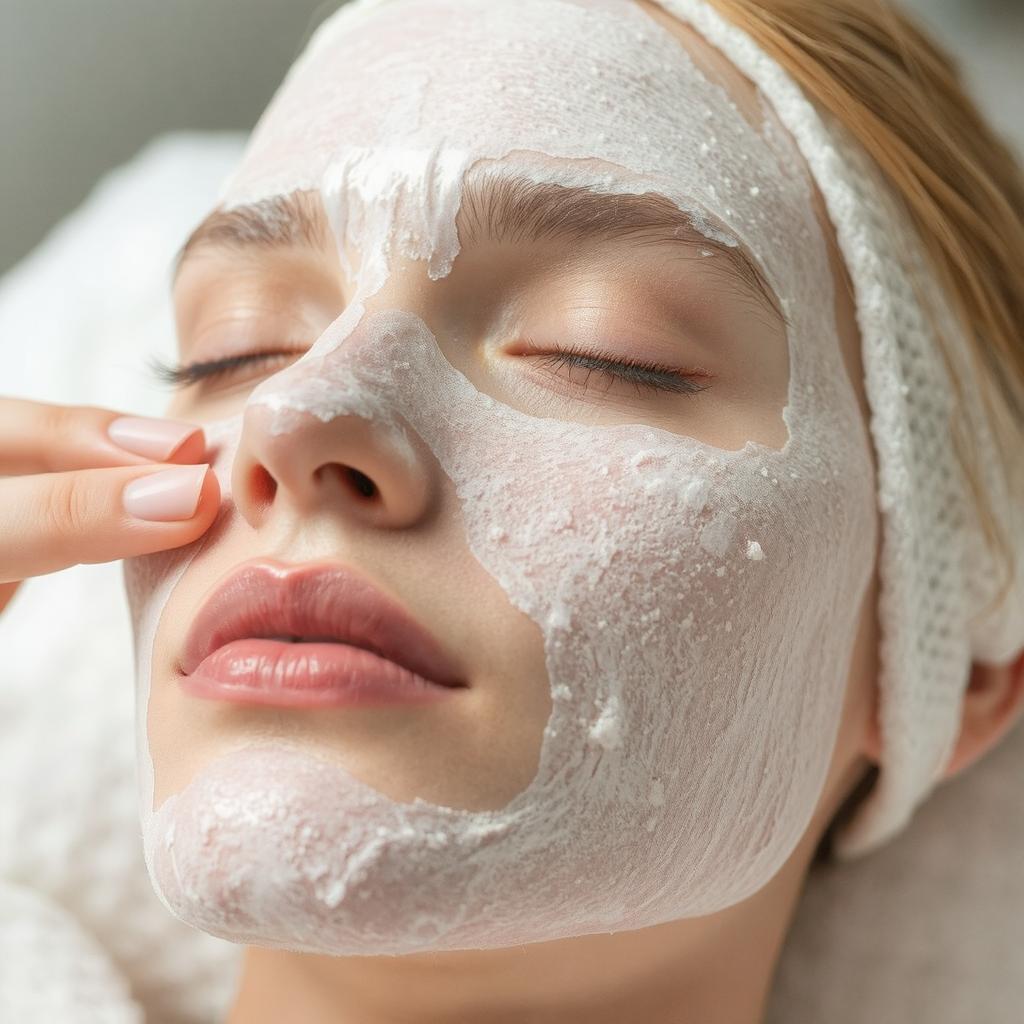
Mechanical exfoliation entails sloughing of the skin using materials which can help hasten the removal of the dead outer layers of the skin. Here are some examples of those ways:
Scrubs
A scrub can be viewed as an old age method of exfoliation, This products come in different types most common being salt and sugar scrubs, ground coffee among others. When applying a scrub, place a small amount of it onto wet skin then use small circular movement to massage it.
Advantages: They are easy to use and produce instant effects. Disadvantages: If used on a regular basis or even the granules are large the skin may become irritated.
Application: Results can be seen as soon as they are applied and the process is simple. Side effects: Might be too aggressive to the skin in cases where used very often or the scrub particles are quite large.
Exfoliating Tools
Other objects such as exfoliating gloves, exfoliating brushes and sponges serve to enhance your scrubbing technique. They can enhance your scrubbing technique and also improve your circulation.
Advantages: They are good in shedding dead skin, and they are reusable. Disadvantages: They must be cleaned properly after every use to avoid bacteria spreading.
Abnormal ex-foliation-chemical.
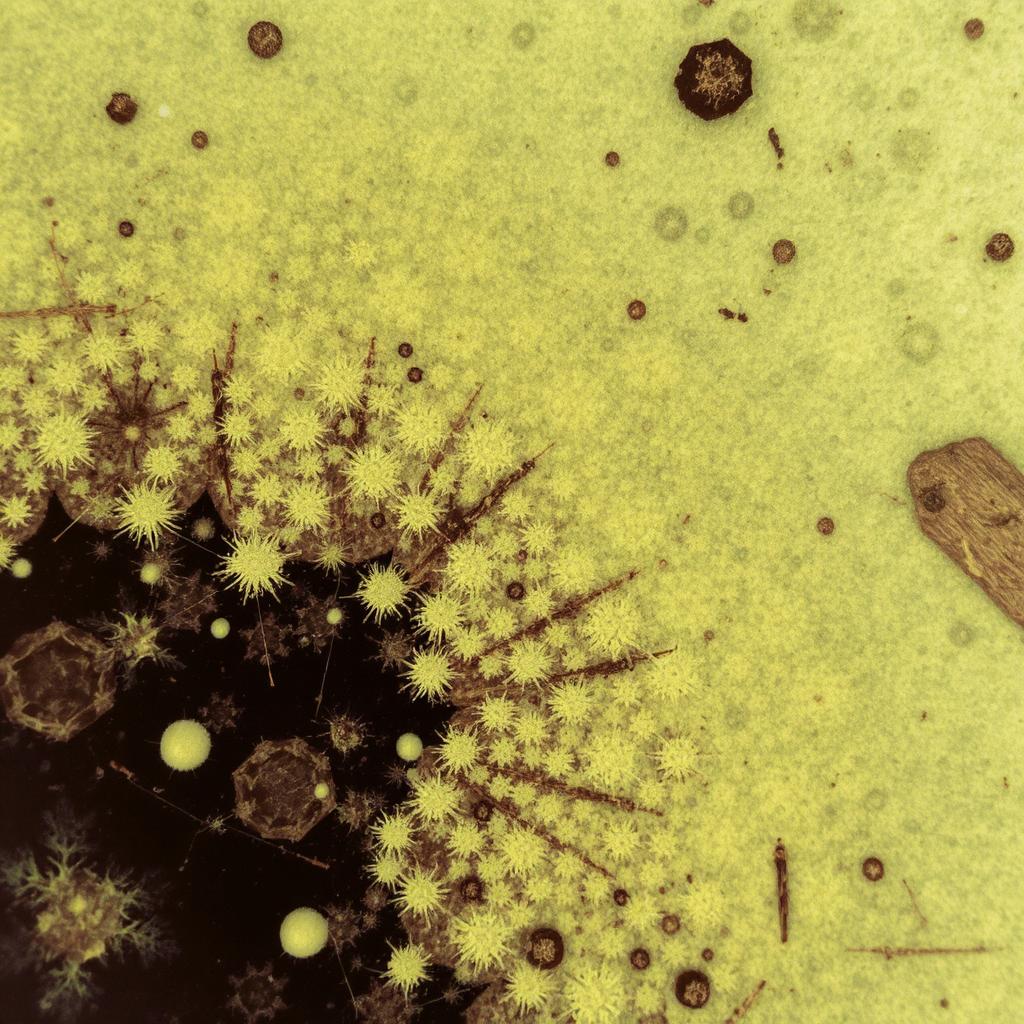
Abnormal ex-foliation https://isclinical.com.my/wp-content/uploads/2016/06/WhitePaper_MechanismsOfExfoliation_Jan2015_1_.pdfis done cutanic icily by means of hydroxy/ alpha/retina acrylic rods. In this manner many times more delicate care is given when compared with mechanistic trituration and deeper effects can also be achieved.
AHAs
(Alpha Hydroxy Acids) Glycolic, lactic acid and other AHA’s are water-soluble, plant derived acids. They accomplish this by breaking down the above cell structures.
Most Effective For: Dry, rough, and sun-damaged skin. Application: 2 – 3 times a week depending on sensitivity of skin.
BHAs
(Beta Hydroxy Acids), for example salicylic acid is an oil soluble and can reach further even into our skin pores. It does wonders to the oily and acne prone skin.
Best Suitable For: Excessively oily and acne-prone skin. Application: 1 – 2 times a week or as needed.
Exfoliants with Enzymes
Enzyme exfoliants employ the help of non-irritating, natural enzymes from fruits, to dissolve the dead skin layers. Less aggressive than acids, they are suitable for pregnant women.
Best Suitable For: People with Sensitive skin or anyone who desires a soft treatment. Dose: 1 to 2 days in a week.
Exfoliation at Home
Most people have a pragmatic approach to modest bath and body care products, those who prefer natural methods can take comfort in the possibility of DIY exfoliation kits. Here are some simple ones to try:
May nans Bastid ores Sugar Scrub

Make a scrub by combining coconut oil with sugar in equal proportions. Sugar helps in exfoliation while the coconut oil is moisturizer for the skin.
Coffee Exfoliating Scrub
Use moisture from dead coffee grounds and add olive oil to use as a body scrub. There’s caffeine in coffee
Exfoliation frequency
The right exfoliation frequency differs for every individual depending on the skin type and the approach used:
Sensitive Skin: 1 day per 7 days if using a physically intensive scrub; 1 – 2 if using very mild chemicals.
Normal/Combination Skin: 2 days per 7 for indulging in physical exfoliation; 2 -3 if chemical exfoliants are used.
Oily/Acne-Prone Skin: 2 – 3 times in seven days when employing physical exfoliation; 3 -4 times for use of BHAs.
Warning signs of excessive exfoliation
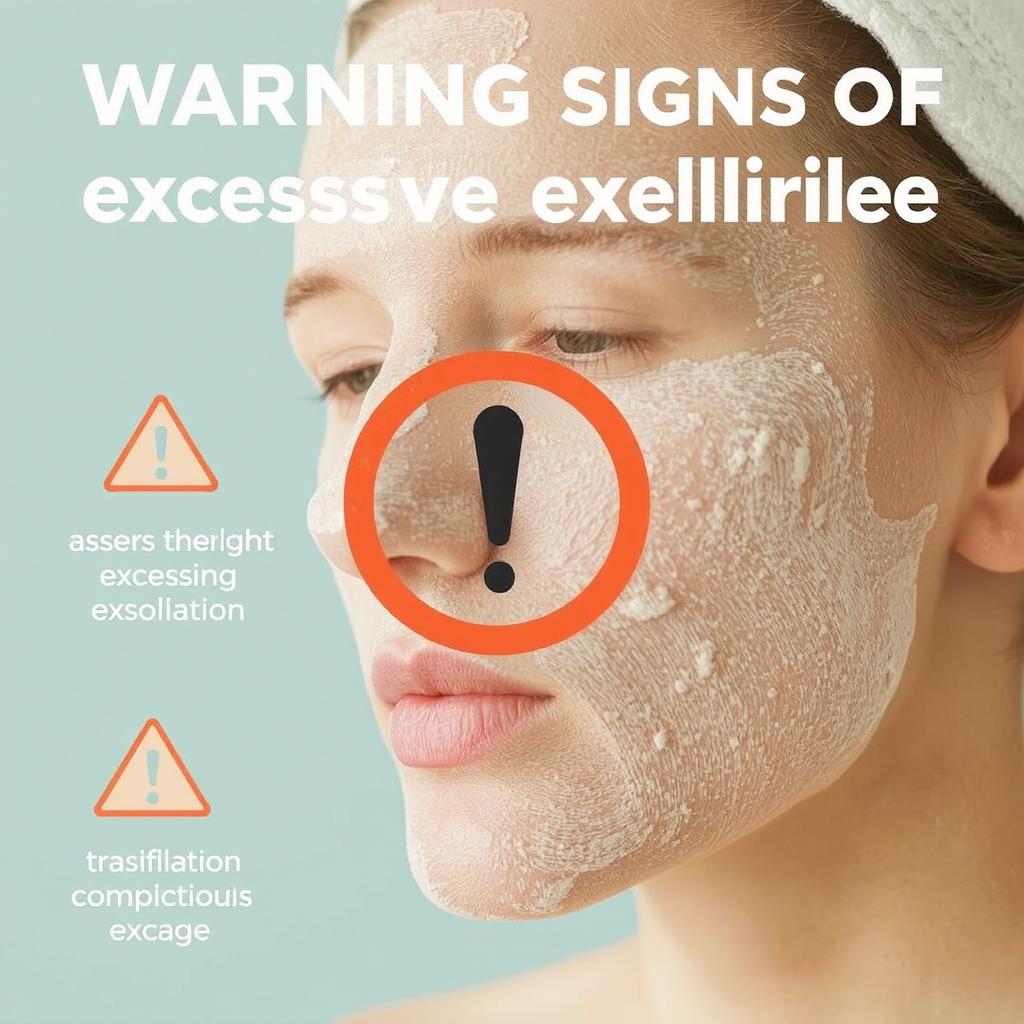
Be very careful to observe your skin when exfoliating as its response to this process indicates several issues. Signs of over exfoliating may include, but not limited to:
Red or Irritated Areas
Heightened Sensitivity
Presence of Scott Dry Patches
Skin Breakouts
In case you start experiencing any of these signs, be sure to cut down on exfoliation and give the skin time to heal.
After exfoliation, ensuring adequate post treatment skincare is performed is equally important:
Hydrate: A replenishing cream is important to help restore lost moisture into the skin.
Soothe: Apply a soothing serum or an aloe vera gel to protect the skin from possible irritation.
Protect: Protective sunblock lotion should be worn during the day because treated skins are usually more prone to UV exposure.
Conclusion
Exfoliation is an important activity in any skincare routine assisting in improving the skin’s appearance. Knowing the advantages of the methods provided and the method appropriate for an individual’s skin type serves to improve the skincare routine. Exfoliation should also be moderated depending on the condition of one’s skin. Carefully managed, you’ll be able to have the healthy skin that you’ve always wanted! Enjoy yourself as you exfoliate!
